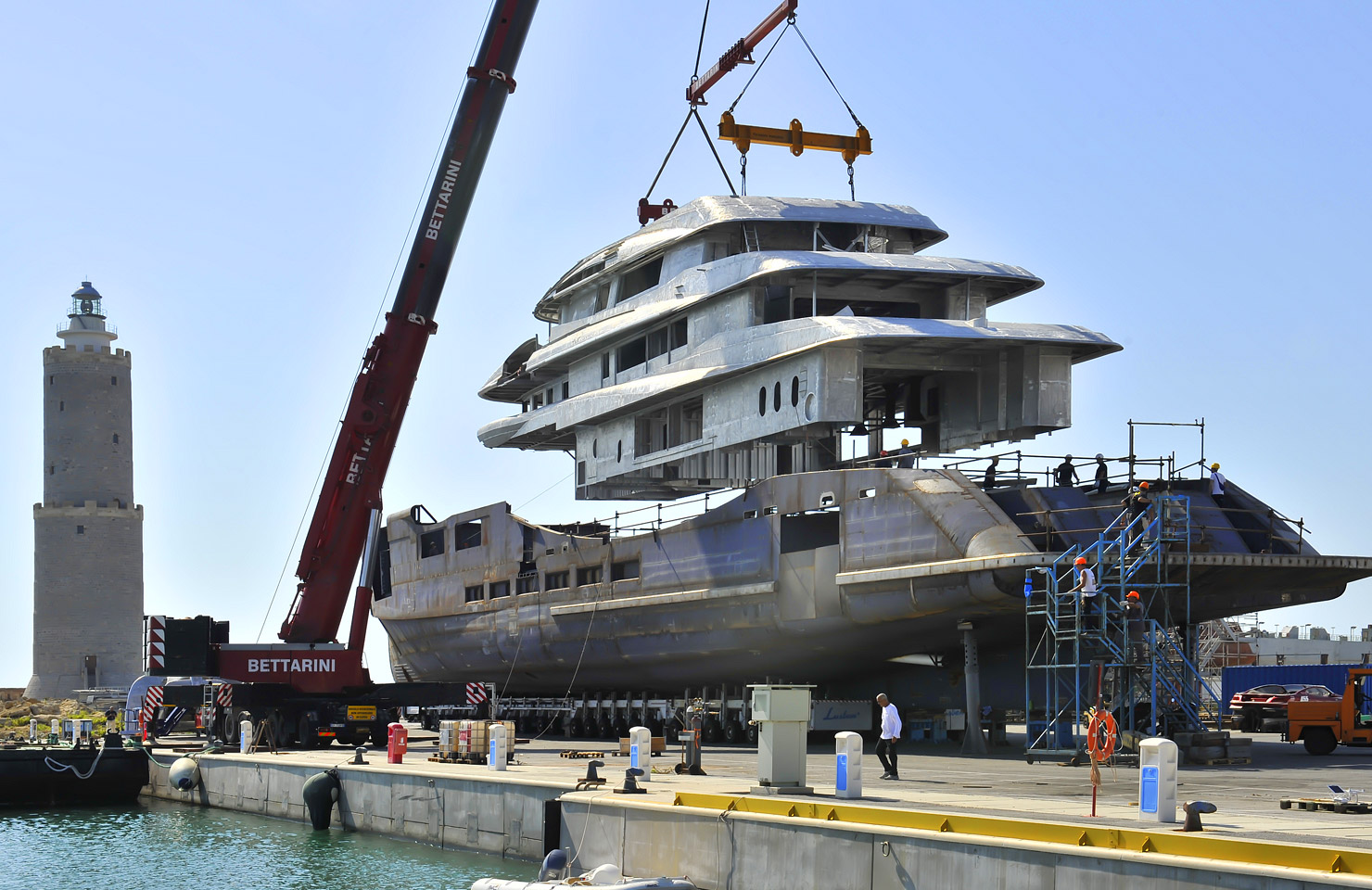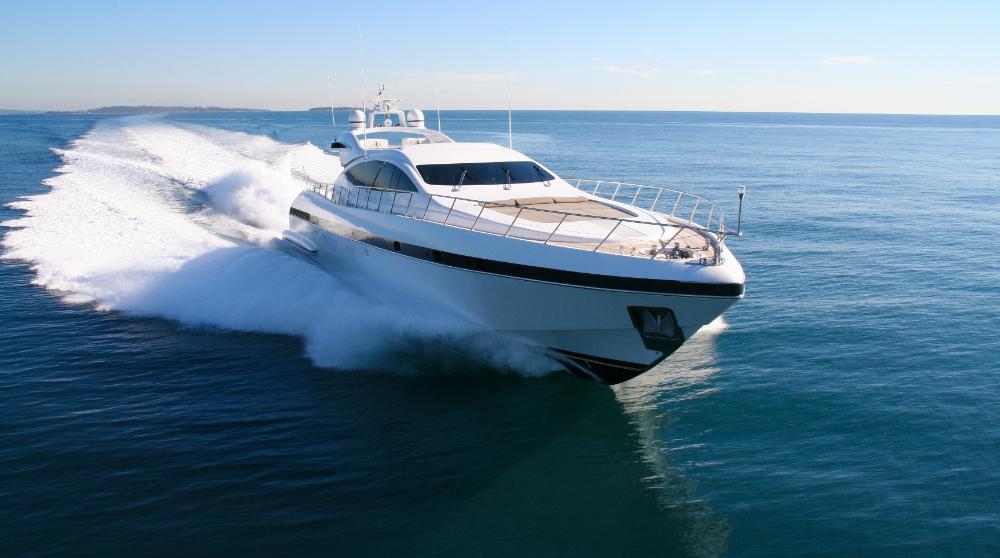
Sustainable Practices in Modern Yacht Construction
From billowing sails to mighty diesel engines, yachts have certainly come a long way over the centuries. But in recent years, the yachting world has embarked on a new journey towards building more environmentally conscious vessels that tread lightly on our ocean homes.
Conventional Yacht Construction
Table of Contents
ToggleHistorically, manufacturing yachts involved processes and materials that generated large amounts of excess waste. Fiberglass cloth laid by hand resulted in up to 40% of the material being trimmed away and discarded after hardening. Paints, solvents, and resins also contributed to pollution.
As society awakens to sustainability, yacht makers are embracing modern “green” yacht construction methods that minimize waste and environmental harm.
Building Block: Composite Materials
At the heart of eco-innovation in yachts are advanced composite materials. While conventional fiberglass is still used, it is now being combined with plant-based reinforcements like flax or bamboo fibers to create strong, lightweight hybrid composites.

Even more premium options have emerged, such as fiberglass prepregs, reinforcing fibers pre-impregnated with a partially cured resin. The experts at Axiom Materials say that this pre-preg material allows for precise molding and less waste compared to manually applied fiberglass laminates.
Other sustainable composite materials being used include recyclable plastics, bio-resins made from plant oils, and even exotic options like basalt fiber reinforced polymers. The goal is creating yachts that are ultra-strong yet easier to recycle at end-of-life.
Clever Waste Reduction Strategies
But sustainable yacht building goes beyond just making the core materials greener. Shipyards are getting creative about reusing excess materials and cutting down on other process wastes:
- Using precision robotic cutting systems to minimize trimmings.
- Repurposing plastic shrink-wrap for temporary surface protection.
- Reclaiming dust from grinding/sanding for use in non-structural parts.
- Installing high-efficiency dust collection systems.
- Switching to precision molded Core-Cell foam rather than hand-shaping blocks.
Reducing Operational Impacts
And the eco-efforts do not stop once a sustainable yacht launches. Owners can continue being gentle on the environment through effortless operating choices:
- Installing catalytic converters and particulate filters on engine exhaust.
- Using shore power hookups instead of running generators.
- Separating waste streams for proper recycling and disposal.
- Converting to exhaust-free electric propulsion for near-silent cruising.
Sailing Towards Energy Efficiency
While low-emission propulsion is important, sustainable yacht builders are also pioneering ways to reduce overall energy needs such as advanced hull coatings that reduce drag; aerodynamic deck designs that improve fuel efficiency; integrated solar panels and wind generators for renewable auxiliary power; and even experiments with lightweight air conditioning systems and low-energy marine refrigerators. Chipping away at energy demands from every angle means future yachts can dramatically shrink their carbon footprints without sacrificing performance or luxury.
Economic & Regulatory Forces
Of course, yacht builders are not merely being environmentally friendly out of pure altruism. There are strong business incentives, ranging from lowering operating costs to complying with tightening disposal laws for hazardous materials.
Many marinas and coastal regions now mandate sustainable practices. Owners can face stiff fines for sloppy maintenance that results in spills, discharge, or improper waste disposal.
Consumer demand is growing too, as eco-conscious yacht buyers scout for greener options with lower operating costs and emissions. The elite yachting lifestyle should not have to come at the expense of pristine waters and ecosystems that owners value so dearly.
Conclusion
While the transition to sustainable yachting is a complex process, it is one the multi-billion-dollar industry cannot afford to ignore. Building techniques that seemed cutting-edge just a decade ago are already becoming outmoded and unacceptable.
Those who successfully navigate this high-tech, low-impact future will not only earn the admiration of yacht owners but will help ensure our oceans remain pristine playgrounds for generations of adventurers to come.


